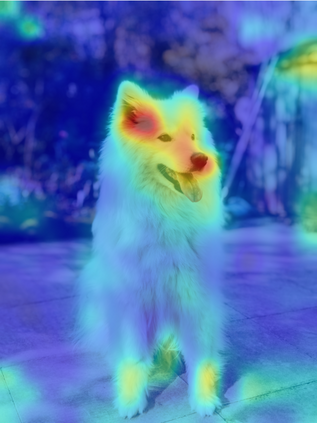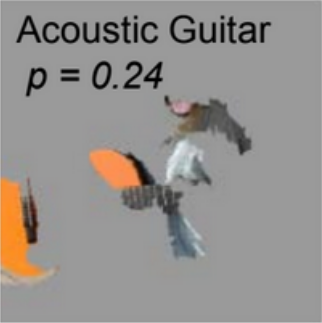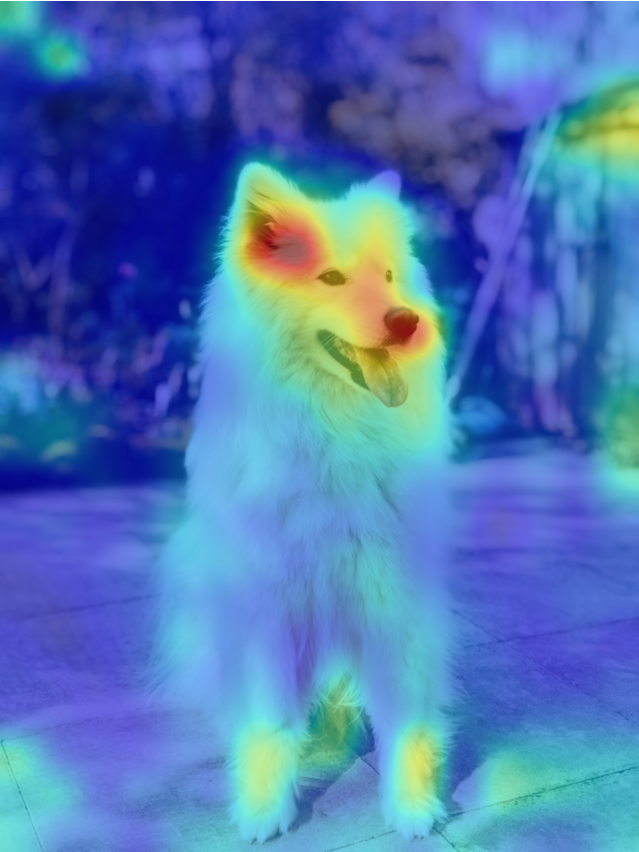In the last years, Artificial Intelligence (AI) has achieved a notable momentum that may deliver the best of expectations over many application sectors across the field. For this to occur, the entire community stands in front of the barrier of explainability, an inherent problem of AI techniques brought by sub-symbolism (e.g. ensembles or Deep Neural Networks) that were not present in the last hype of AI. Paradigms underlying this problem fall within the so-called eXplainable AI (XAI) field, which is acknowledged as a crucial feature for the practical deployment of AI models. This overview examines the existing literature in the field of XAI, including a prospect toward what is yet to be reached. We summarize previous efforts to define explainability in Machine Learning, establishing a novel definition that covers prior conceptual propositions with a major focus on the audience for which explainability is sought. We then propose and discuss about a taxonomy of recent contributions related to the explainability of different Machine Learning models, including those aimed at Deep Learning methods for which a second taxonomy is built. This literature analysis serves as the background for a series of challenges faced by XAI, such as the crossroads between data fusion and explainability. Our prospects lead toward the concept of Responsible Artificial Intelligence, namely, a methodology for the large-scale implementation of AI methods in real organizations with fairness, model explainability and accountability at its core. Our ultimate goal is to provide newcomers to XAI with a reference material in order to stimulate future research advances, but also to encourage experts and professionals from other disciplines to embrace the benefits of AI in their activity sectors, without any prior bias for its lack of interpretability.
翻译:过去几年来,人工智能(AI)取得了一个显著的势头,可以给该领域许多应用部门带来最佳的预期。为了做到这一点,整个社区都站在解释障碍的前面,这是一个由亚符号化(如编组或深神经网络)带来的内在的人工智能技术问题,在AI最后一节中并不存在。 造成这一问题的特征属于所谓的可互换的AI(XAI)领域,这被公认为鼓励实际应用AI模型的一个关键特征。本概览审视了XAI领域现有的文献,包括尚未实现的可解释性前景。我们总结了以前为界定机器学习中可解释性而作的内在问题(如编组或深神经网络)带来的内在问题。我们然后提出并讨论与解释不同机器学习模式的近期贡献的分类,包括旨在为第二代税体系提供参考的深学习方法。本文献分析将研究领域的现有文献,包括对于尚未实现的可解释的前景的前景前景前景前景前景前景前景前景前景的展望,即解释我们在AIA公司所面临的大目标中,其最终的可理解性方法,即解释为AIA公司所面临的最终的可理解性趋势,其最终的可解释。















